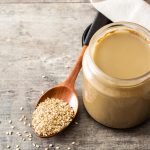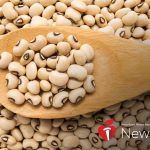
Women who had diabetes during pregnancy might want to treat themselves to another cup of joe. New research shows that drinking coffee may lower their risk of type 2 diabetes. Compared to the general female population, women who had gestational diabetes may have 10 times the risk for type 2, according to researchers at the Global Centre for Asian Women’s Health (GloW) at the National University of Singapore. “The overall findings suggest that caffeinated coffee, when consumed properly [2 to 5 cups per day, without sugar and whole-fat/high-fat dairy], could be incorporated into a relatively healthy lifestyle for certain population,” GloW researcher Cuilin Zhang said in a university news release. Past studies had shown that drinking 2 to 5 cups of caffeinated or decaf coffee daily was healthier than artificially and sugar-sweetened drinks. To learn more, researchers followed more than 4,500 women who had a history of gestational diabetes over 25 years, examining long-time coffee consumption and risk. Most of the participants were white. Compared to those who drank no coffee, those who downed 4 or more cups a day after their pregnancies had a 53% lower risk of type 2 diabetes. Those who drank 2 to 3 cups lowered their risk by 17%, and those who drank 1 cup or less had a 10% lower risk, the study found. Decaf wasn’t found to have… read on > read on >





























-300x200.jpg)







-300x169.jpg)
